
How to Use Mini 560 Step Down 20-7V to 5V: Examples, Pinouts, and Specs
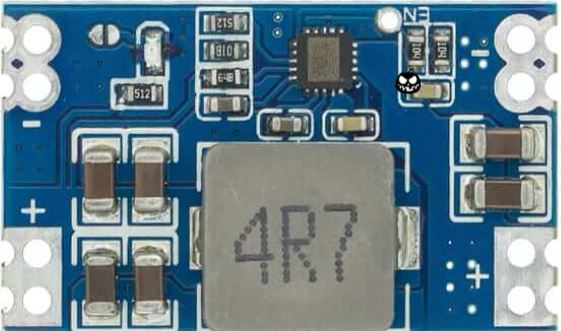
 Design with Mini 560 Step Down 20-7V to 5V in Cirkit Designer
Design with Mini 560 Step Down 20-7V to 5V in Cirkit DesignerIntroduction
The Mini 560 Step Down Voltage Regulator is a compact, high-efficiency, buck converter designed to convert a higher voltage input (ranging from 20V to 7V) to a stable 5V output. This component is ideal for powering 5V electronics from a higher voltage source, making it a versatile choice for projects that require a regulated 5V supply.
Explore Projects Built with Mini 560 Step Down 20-7V to 5V
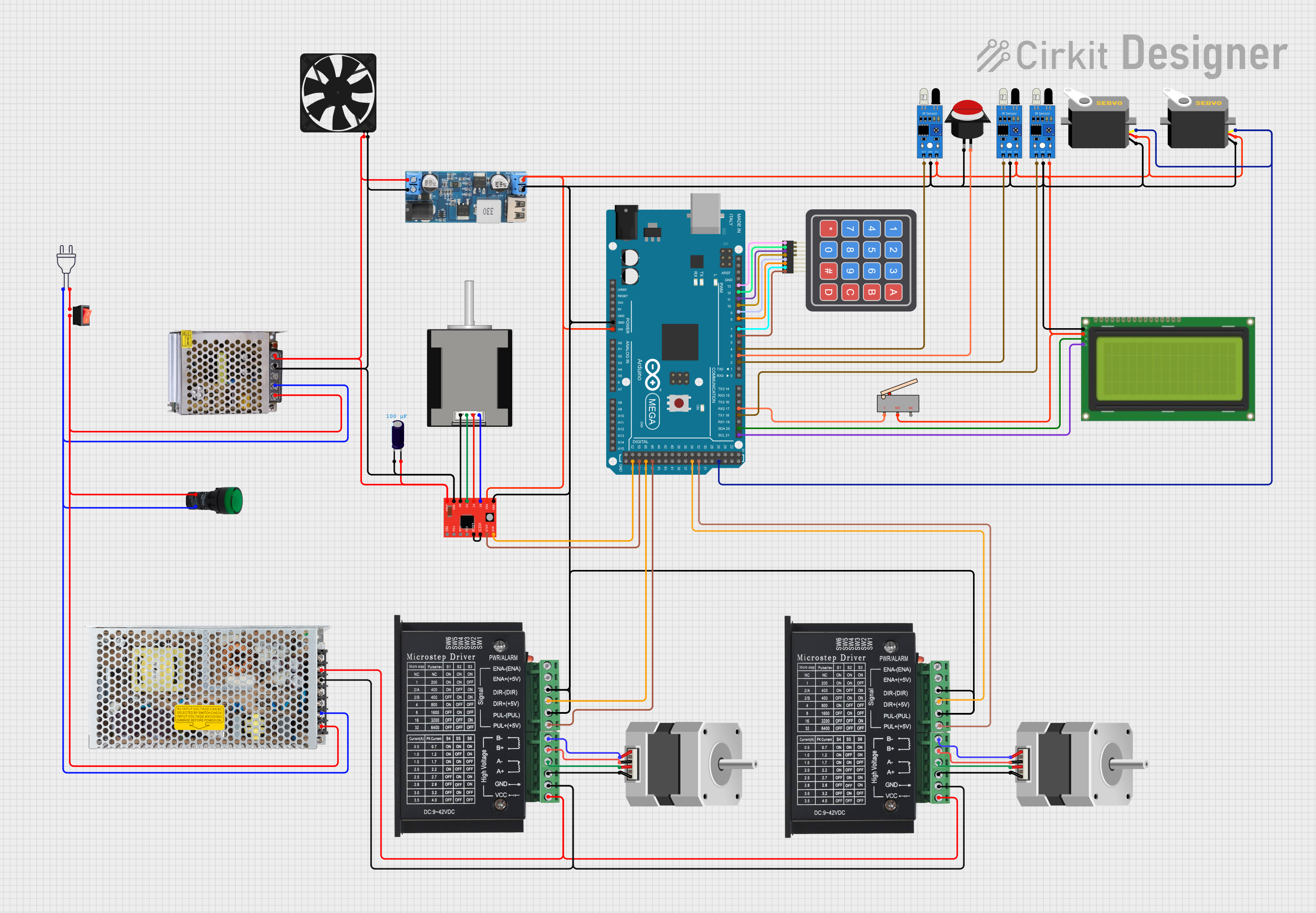
 Open Project in Cirkit Designer
Open Project in Cirkit Designer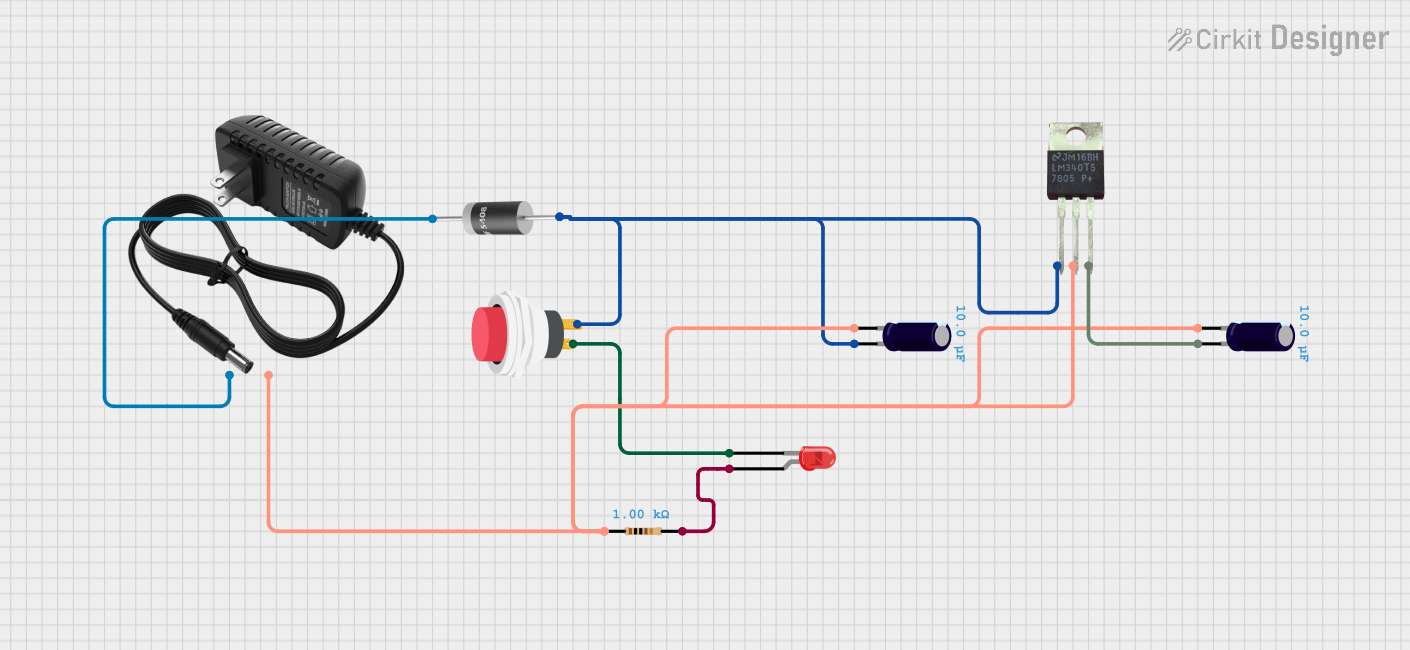
 Open Project in Cirkit Designer
Open Project in Cirkit Designer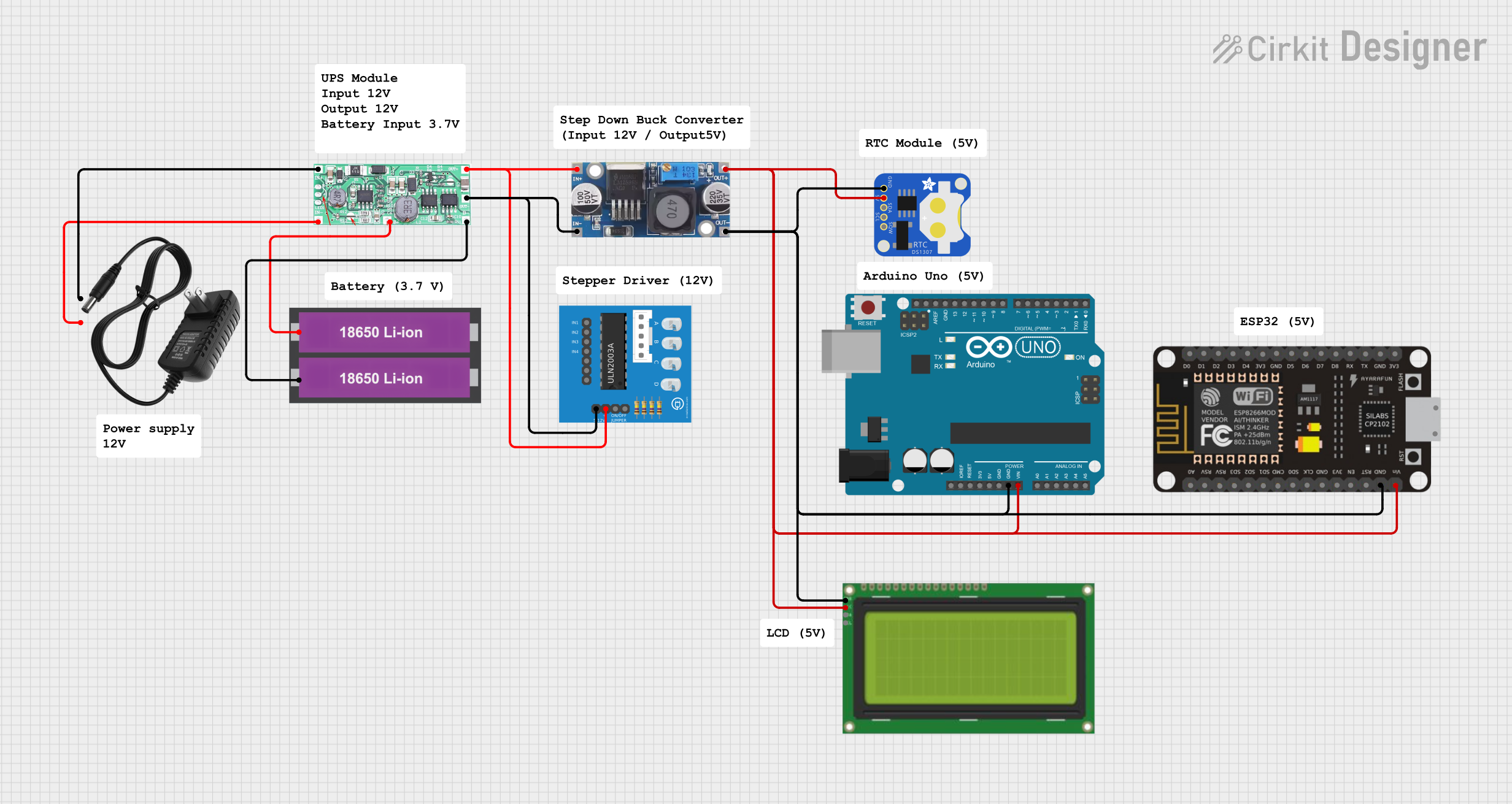
 Open Project in Cirkit Designer
Open Project in Cirkit Designer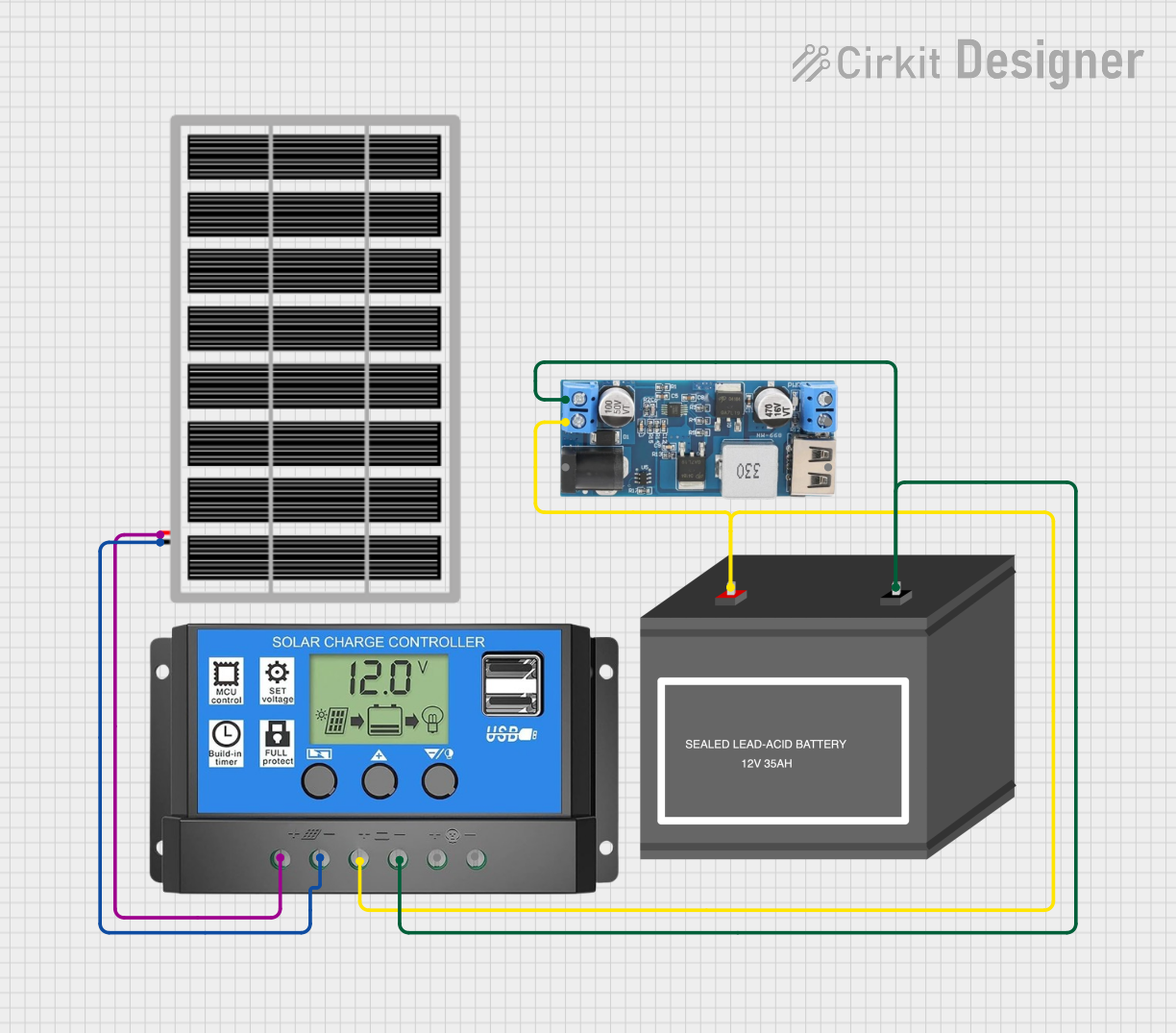
 Open Project in Cirkit Designer
Open Project in Cirkit DesignerExplore Projects Built with Mini 560 Step Down 20-7V to 5V

 Open Project in Cirkit Designer
Open Project in Cirkit Designer
 Open Project in Cirkit Designer
Open Project in Cirkit Designer
 Open Project in Cirkit Designer
Open Project in Cirkit Designer
 Open Project in Cirkit Designer
Open Project in Cirkit DesignerCommon Applications and Use Cases
- Powering 5V USB devices
- Supplying 5V to microcontrollers like Arduino or Raspberry Pi when a higher voltage power source is available
- Mobile applications where battery voltage can fluctuate
- Robotics and DIY electronics projects
Technical Specifications
Key Technical Details
- Input Voltage: 7V to 20V
- Output Voltage: 5V
- Maximum Output Current: 3A (with proper heat sinking)
- Efficiency: Up to 92%
- Operating Temperature: -40°C to +85°C
Pin Configuration and Descriptions
| Pin Number | Name | Description |
|---|---|---|
| 1 | VIN | Input voltage (7V to 20V) |
| 2 | GND | Ground connection |
| 3 | VOUT | Regulated 5V output |
| 4 | EN | Enable pin (active high) |
Usage Instructions
How to Use the Component in a Circuit
- Connect the input voltage (7V to 20V) to the VIN pin.
- Connect the ground from your power source to the GND pin.
- The VOUT pin will provide the regulated 5V output.
- The EN pin can be left unconnected for normal operation, or connected to a logic high signal to enable the regulator.
Important Considerations and Best Practices
- Ensure that the input voltage does not exceed 20V to prevent damage to the regulator.
- Do not exceed the maximum output current of 3A. For currents above 1A, use proper heat sinking.
- Place a capacitor (typically 10µF or greater) close to the input and output pins to minimize voltage spikes and improve stability.
- Avoid running the regulator at high output currents for extended periods without adequate cooling.
Troubleshooting and FAQs
Common Issues Users Might Face
- Output voltage is lower than 5V: Check if the input voltage is within the specified range and if the output current is not exceeding the maximum rating.
- Regulator is overheating: Ensure that the current draw is within limits and that adequate heat sinking is provided.
Solutions and Tips for Troubleshooting
- If the output voltage is incorrect, verify the input voltage and load conditions.
- If the regulator overheats, reduce the load current, improve ventilation, or add a heat sink to the regulator.
FAQs
Q: Can I use this regulator to power a 5V microcontroller? A: Yes, the Mini 560 Step Down can be used to power any 5V microcontroller as long as the current requirements do not exceed 3A.
Q: What happens if I exceed the maximum input voltage? A: Exceeding the maximum input voltage can damage the regulator. Always ensure the input voltage is within the specified range.
Q: Is it necessary to use capacitors with this regulator? A: While the regulator may work without capacitors, it is recommended to use input and output capacitors for improved stability and to minimize voltage spikes.
Example Code for Arduino UNO
// This example demonstrates how to use the Mini 560 Step Down with an Arduino UNO.
void setup() {
// Initialize the Serial communication to send data to the computer
Serial.begin(9600);
// Configure the EN pin as an output
pinMode(7, OUTPUT); // Assuming the EN pin is connected to pin 7 on the Arduino
}
void loop() {
// Enable the Mini 560 Step Down
digitalWrite(7, HIGH);
Serial.println("Voltage Regulator Enabled");
delay(5000); // Wait for 5 seconds
// Disable the Mini 560 Step Down
digitalWrite(7, LOW);
Serial.println("Voltage Regulator Disabled");
delay(5000); // Wait for 5 seconds
}
Note: The above code assumes that the EN pin of the Mini 560 Step Down is connected to digital pin 7 on the Arduino UNO. The EN pin is used to enable or disable the voltage regulator from the Arduino.